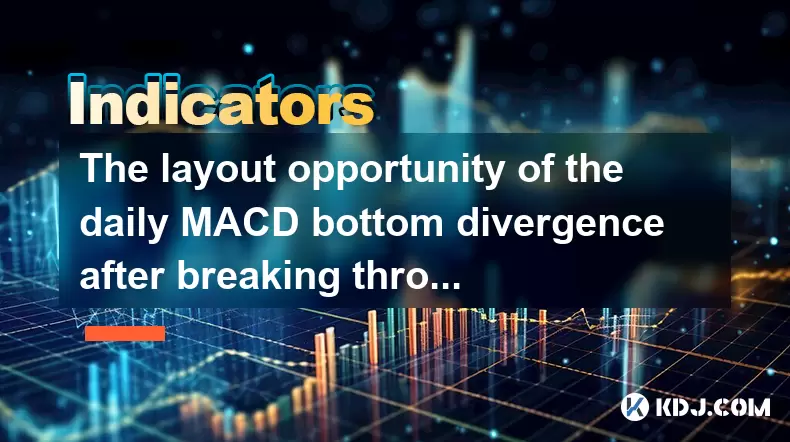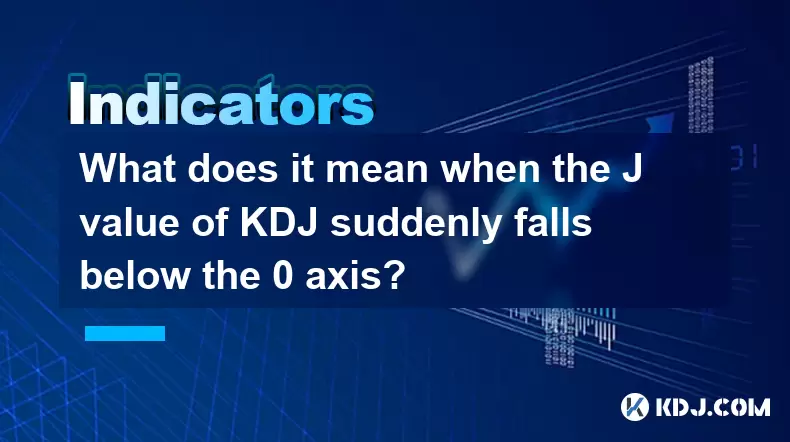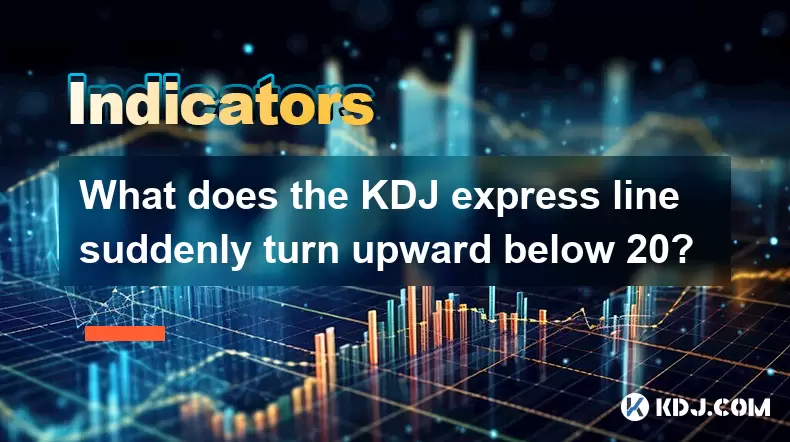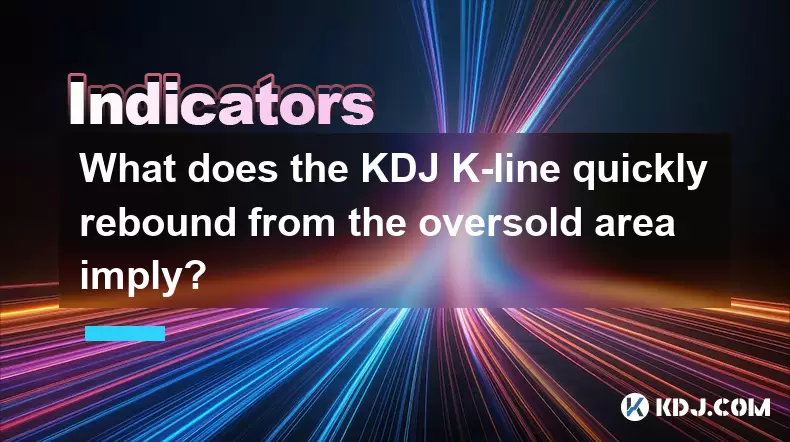-
 Bitcoin
Bitcoin $115100
-2.99% -
 Ethereum
Ethereum $3642
-1.38% -
 XRP
XRP $3.027
-5.51% -
 Tether USDt
Tether USDt $1.000
-0.05% -
 BNB
BNB $763.4
-1.32% -
 Solana
Solana $177.2
-5.42% -
 USDC
USDC $0.9999
-0.02% -
 Dogecoin
Dogecoin $0.2247
-6.47% -
 TRON
TRON $0.3135
0.23% -
 Cardano
Cardano $0.7824
-4.46% -
 Hyperliquid
Hyperliquid $42.53
-0.97% -
 Stellar
Stellar $0.4096
-6.09% -
 Sui
Sui $3.662
-2.61% -
 Chainlink
Chainlink $17.63
-3.57% -
 Bitcoin Cash
Bitcoin Cash $536.3
2.94% -
 Hedera
Hedera $0.2450
0.34% -
 Avalanche
Avalanche $23.23
-3.15% -
 Litecoin
Litecoin $112.2
-1.23% -
 UNUS SED LEO
UNUS SED LEO $8.976
-0.30% -
 Shiba Inu
Shiba Inu $0.00001341
-2.72% -
 Toncoin
Toncoin $3.101
-2.44% -
 Ethena USDe
Ethena USDe $1.001
-0.05% -
 Uniswap
Uniswap $10.08
-1.97% -
 Polkadot
Polkadot $3.938
-2.77% -
 Monero
Monero $323.9
0.87% -
 Dai
Dai $0.9999
-0.02% -
 Bitget Token
Bitget Token $4.481
-1.69% -
 Pepe
Pepe $0.00001199
-5.94% -
 Aave
Aave $288.2
-0.68% -
 Cronos
Cronos $0.1279
0.36%
The layout opportunity of the daily MACD bottom divergence after breaking through the half-year line and the weekly line standing on the 5-week line
A daily MACD bottom divergence, breakout above the 120-day MA, and weekly close above the 5-week SMA signal a high-probability bullish reversal in crypto markets.
Jul 24, 2025 at 03:35 pm

Understanding MACD Bottom Divergence in Daily Charts
The MACD (Moving Average Convergence Divergence) is a widely used technical indicator in cryptocurrency trading that helps identify potential trend reversals. A daily MACD bottom divergence occurs when the price of a cryptocurrency makes a lower low, but the MACD histogram or signal line forms a higher low. This scenario suggests weakening downward momentum and hints at a possible bullish reversal. Traders pay close attention to this setup because it often precedes upward price movements, especially when confirmed by other technical factors. The divergence is considered strong when it appears after a prolonged downtrend and is accompanied by increasing volume on the reversal candles.
To identify a daily MACD bottom divergence, follow these steps:
- Open the daily timeframe chart of the cryptocurrency (e.g., BTC/USDT).
- Apply the standard MACD indicator (12, 26, 9).
- Observe the price action forming two or more consecutive lower lows.
- Simultaneously, check if the MACD histogram or signal line forms higher lows during the same period.
- Confirm the divergence only if the most recent low in price is lower than the previous, but the MACD value is higher.
This condition reflects a decoupling between price and momentum, signaling that sellers are losing control.
Significance of Breaking Through the Half-Year Line
The half-year line, typically represented by the 120-day moving average on the daily chart, is a crucial long-term support/resistance level. When a cryptocurrency price breaks above this moving average after a bearish phase, it indicates a shift in market sentiment. This breakout suggests that long-term selling pressure may be subsiding and that buyers are regaining dominance.
For a breakout to be valid:
- The price must close above the 120-day MA for at least two consecutive days.
- Accompanying volume should increase significantly during the breakout candle.
- Retests of the 120-day MA from above should hold as support, confirming the new bullish structure.
This breakout becomes even more meaningful when it coincides with a daily MACD bottom divergence, as both signals reinforce each other. The divergence shows internal strength during the downtrend, while the breakout confirms external price action strength. In crypto markets, where volatility is high, such confluence increases the probability of a sustained rally.
Weekly Chart Confirmation: Standing on the 5-Week Line
While daily signals provide timely entries, weekly chart analysis offers higher reliability due to reduced noise. The 5-week moving average (approximately 35 days) acts as a short-to-medium-term trend filter. When the weekly candle closes above and remains supported by the 5-week MA, it signifies that the recent momentum is strong enough to sustain bullish pressure.
To verify this condition:
- Switch to the weekly timeframe.
- Plot the 5-week simple moving average (SMA).
- Ensure the latest weekly close is above the 5-week SMA.
- Observe whether the price remains above this line in the following weeks, indicating ongoing support.
When the weekly price stands firmly on the 5-week SMA, it suggests that short-term bears have been overwhelmed and that accumulation is likely occurring. This alignment across timeframes — daily divergence, daily breakout above 120-day MA, and weekly support at 5-week SMA — creates a high-probability setup for traders seeking long positions.
Practical Trading Setup Using This Confluence
Traders can use this multi-layered signal to construct a robust entry strategy. The key is to wait for confirmation across all three conditions before acting.
To execute this strategy:
- Monitor cryptocurrencies showing a lower low in price but a higher low in MACD on the daily chart.
- Wait for the price to close above the 120-day moving average with strong volume.
- Confirm that the latest weekly candle is above the 5-week SMA and holding.
- Enter a long position on the next daily candle open after the breakout confirmation.
- Place a stop-loss just below the recent swing low or below the 120-day MA.
- Set a take-profit target at the next major resistance level, such as a previous high or Fibonacci extension.
For example, in the case of Ethereum (ETH/USDT), if the daily MACD shows divergence during a drop to $2,800, and the price then breaks above the 120-day MA at $3,000 with rising volume, while the weekly close remains above the 5-week SMA at $2,950, this would constitute a valid setup.
Risk Management and Indicator Limitations
Despite the strength of this confluence, no technical setup is foolproof. Cryptocurrency markets are influenced by external factors such as regulatory news, macroeconomic shifts, and exchange outages, which can invalidate technical patterns.
To mitigate risk:
- Never allocate more than a fixed percentage of capital (e.g., 2–5%) to a single trade.
- Use stop-loss orders to protect against sudden reversals.
- Avoid trading during major news events or low-liquidity periods.
- Combine this setup with volume analysis — a breakout without volume may be a false signal.
- Consider on-chain metrics (e.g., exchange outflows, active addresses) as supplementary confirmation.
The MACD divergence can sometimes persist for weeks before a breakout occurs, leading to premature entries. Patience is essential — only act when all three conditions align.
Frequently Asked Questions
What is the difference between MACD histogram divergence and signal line divergence?
The MACD histogram measures the distance between the MACD line and the signal line. Histogram divergence occurs when the bars shrink in magnitude during a price low, indicating weakening momentum. Signal line divergence refers to the relationship between the signal line (9-period EMA of MACD) and price. Both are valid, but histogram divergence is often more sensitive and appears earlier.
Can this setup work on altcoins with low market capitalization?
Yes, but with caution. Low-cap altcoins are more prone to manipulation and erratic price swings. Ensure the volume surge is genuine and not caused by a single large trade. Verify the 120-day MA breakout on multiple exchanges if possible.
How do I adjust the MACD settings for better accuracy in crypto?
The default (12, 26, 9) works well, but some traders use (8, 17, 9) for faster signals in volatile crypto markets. Test adjustments in a demo environment. Avoid over-optimization — stick to widely accepted settings unless backtesting proves superiority.
What if the price breaks the 120-day MA but the weekly 5-week SMA is still below?
This is a weak signal. The weekly confirmation is critical. Without it, the breakout may fail. Wait for the weekly close above the 5-week SMA before considering entry. Premature action increases the risk of catching a falling knife.
Disclaimer:info@kdj.com
The information provided is not trading advice. kdj.com does not assume any responsibility for any investments made based on the information provided in this article. Cryptocurrencies are highly volatile and it is highly recommended that you invest with caution after thorough research!
If you believe that the content used on this website infringes your copyright, please contact us immediately (info@kdj.com) and we will delete it promptly.
- Bitcoin Swift (BTC3): Last Call for Presale Stage 1!
- 2025-07-25 23:10:12
- Kiyosaki's Crypto Playbook: Ditching Paper for Real Assets Like Bitcoin
- 2025-07-25 22:30:11
- Satoshi-Era Whales Stir the Bitcoin Pot: What's the Deal?
- 2025-07-25 22:30:12
- Pi Coin Value in Indian Rupees (INR) 2024: Decoding the Hype
- 2025-07-25 21:45:50
- Crypto Investing: Top Picks and Meme Coin Mania in '25
- 2025-07-25 21:52:07
- Ark Invest's Portfolio Rebalance: Coinbase, Block, and the Crypto Shift
- 2025-07-25 21:52:07
Related knowledge

What does it mean when the J value of KDJ suddenly falls below the 0 axis?
Jul 26,2025 at 12:01am
Understanding the KDJ Indicator in Cryptocurrency TradingThe KDJ indicator is a momentum oscillator widely used in cryptocurrency trading to identify ...

How to interpret that the KDJ D line is downward for a long time but the price is sideways?
Jul 25,2025 at 07:00pm
Understanding the KDJ Indicator and Its ComponentsThe KDJ indicator is a momentum oscillator widely used in cryptocurrency trading to assess overbough...

What does the KDJ express line suddenly turn upward below 20?
Jul 25,2025 at 11:49pm
Understanding the KDJ Indicator in Cryptocurrency TradingThe KDJ indicator is a momentum oscillator widely used in cryptocurrency trading to identify ...

What does the KDJ K-line quickly rebound from the oversold area imply?
Jul 26,2025 at 12:21am
Understanding the KDJ Indicator in Cryptocurrency TradingThe KDJ indicator is a momentum oscillator widely used in cryptocurrency trading to identify ...

What does it mean that the KDJ indicator forms a double bottom at a low level?
Jul 25,2025 at 05:08pm
Understanding the KDJ Indicator in Cryptocurrency TradingThe KDJ indicator is a momentum oscillator widely used in cryptocurrency trading to identify ...

What does it mean that the RSI continues to hover in the 40-60 range?
Jul 25,2025 at 11:07pm
Understanding the RSI and Its Typical BehaviorThe Relative Strength Index (RSI) is a momentum oscillator that measures the speed and change of price m...

What does it mean when the J value of KDJ suddenly falls below the 0 axis?
Jul 26,2025 at 12:01am
Understanding the KDJ Indicator in Cryptocurrency TradingThe KDJ indicator is a momentum oscillator widely used in cryptocurrency trading to identify ...

How to interpret that the KDJ D line is downward for a long time but the price is sideways?
Jul 25,2025 at 07:00pm
Understanding the KDJ Indicator and Its ComponentsThe KDJ indicator is a momentum oscillator widely used in cryptocurrency trading to assess overbough...

What does the KDJ express line suddenly turn upward below 20?
Jul 25,2025 at 11:49pm
Understanding the KDJ Indicator in Cryptocurrency TradingThe KDJ indicator is a momentum oscillator widely used in cryptocurrency trading to identify ...

What does the KDJ K-line quickly rebound from the oversold area imply?
Jul 26,2025 at 12:21am
Understanding the KDJ Indicator in Cryptocurrency TradingThe KDJ indicator is a momentum oscillator widely used in cryptocurrency trading to identify ...

What does it mean that the KDJ indicator forms a double bottom at a low level?
Jul 25,2025 at 05:08pm
Understanding the KDJ Indicator in Cryptocurrency TradingThe KDJ indicator is a momentum oscillator widely used in cryptocurrency trading to identify ...

What does it mean that the RSI continues to hover in the 40-60 range?
Jul 25,2025 at 11:07pm
Understanding the RSI and Its Typical BehaviorThe Relative Strength Index (RSI) is a momentum oscillator that measures the speed and change of price m...
See all articles

























































































